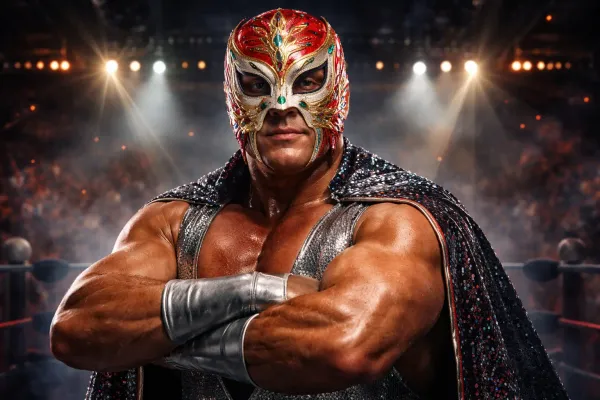Top 10 most beautiful horse breeds in the world
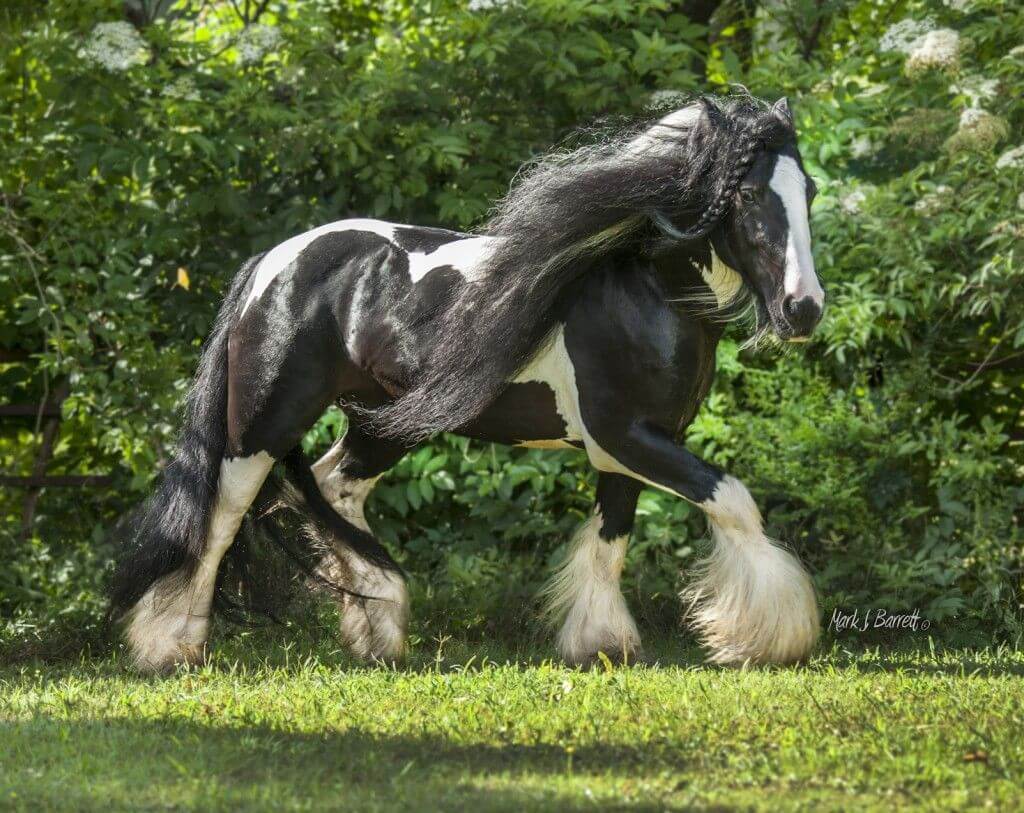
Most beautiful horse breeds: For centuries and even millennia of horse breeding, horse lovers have bred hundreds of breeds perfectly adapted to various needs- from agricultural work to hunting. If earlier horses were used mainly for practical purposes, today they are kept for competitions, participation in multiple shows, or just for aesthetic pleasure.
Thanks to the efforts of breeders, beautiful animals are bred, distinguished by a large and rare color or unusual miniature breeds that are kept as pets. Each species has its character and characteristics.
Here are the top 10 most beautiful horse breeds in the world:
1. Icelandic horse
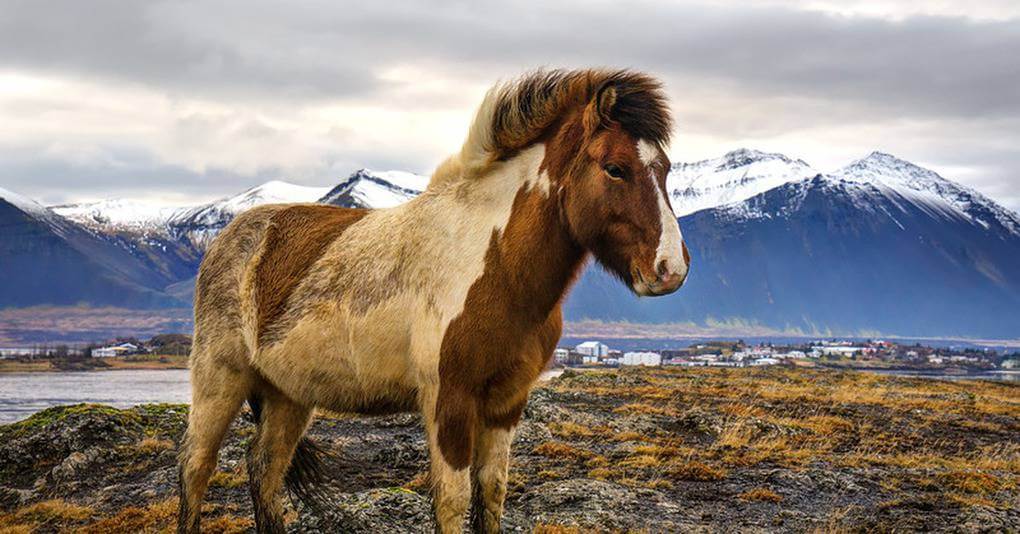
Icelandic horse breed.
- Height: 130-144 cm.
- Weight: 380-410 kg.
Icelandic is a miniature, stocky horse with a large head, long bangs, and a thick tail. The body is elongated; the legs are short. It looks like a pony, and suits vary from red to black. The coat is thick and dense.
Icelandic horses have five gaits instead of four. To the traditional step, trot, and gallop, two types of amble are added – the Icelandic names skade and telt.
These horses appeared in Iceland in the IX-X centuries. Thanks to the Vikings. At the end of the 18th century, a volcanic eruption occurred on the island, killing a significant part of the livestock. To date, its number has been restored. These horses are famous in Iceland and far beyond its borders.
Interesting! According to a law in 982, Icelandic horses were taken out of the island, even for competition, and were forbidden to return. The same applies to ammunition. This rule applies to maintain the breed's purity and protect horses from diseases.
Icelandic horses are very calm and friendly. They are quick-witted and easily overcome obstacles-slippery ice or sharp rocks.
Despite their small size, these horses are hardy. But they are rarely used for work, mainly horse racing( including on ice), hunting, and hippotherapy.
2. Akhal-Teke

Akhal-Teke: Teke horse is a unique horse breed with a history of more than 5,000 years, with all the breed's characteristics preserved. The appearance of the Akhal-Teke distinguishes it from other brothers.
- Height: 147-163 cm.
- Weight: 400-450 kg.
The Akhal-Teke horse was bred by the Teke tribe on the territory of modern Turkmenistan, in the Akhal oasis – that's how it got its name. Among the peoples who inhabited this area in ancient times, the horse was revered as a unique animal, and the goal was to breed a breed that surpassed all others in strength and beauty. The golden-colored Akhal-Teke was especially revered, connected with the worship of the sun.
Today, Russia has the best livestock of Akhal-Teke horses-they are bred in the Stavropol Territory, in the Moscow region.
The body of the Akhal-Teke is elongated, dry, and with elegant lines. The musculature is well developed. The legs are long and thin. The profile is hawk-nosed, and the eyes are large, expressive, and slightly slanted. The neck is straight or S-shaped – the so-called "deer" and the hairline is thin and silky. The mane is sparse or almost absent.
Akhal-Teke horses are red and gray; rarely, there are isabella and nightingale colors. Regardless of the color, the coat has a golden or silvery gloss.
Akhal-Teke horses are called "golden" horses. Because of the brilliance or an old legend, according to which in ancient times, an Akhal-Teke man was given as much gold as he weighed.
As formed in hot desert conditions, this breed, despite its external refinement, is characterized by great endurance: it easily tolerates thirst, and the temperature range from -30 to + 50 °C.
Akhal-Teke horses are perfect for riding, and their running is easy and tireless for the rider. They participate in many types of equestrian sports. The classic prizes, notably the "Derby", are set for them.
3. Galineers Cob
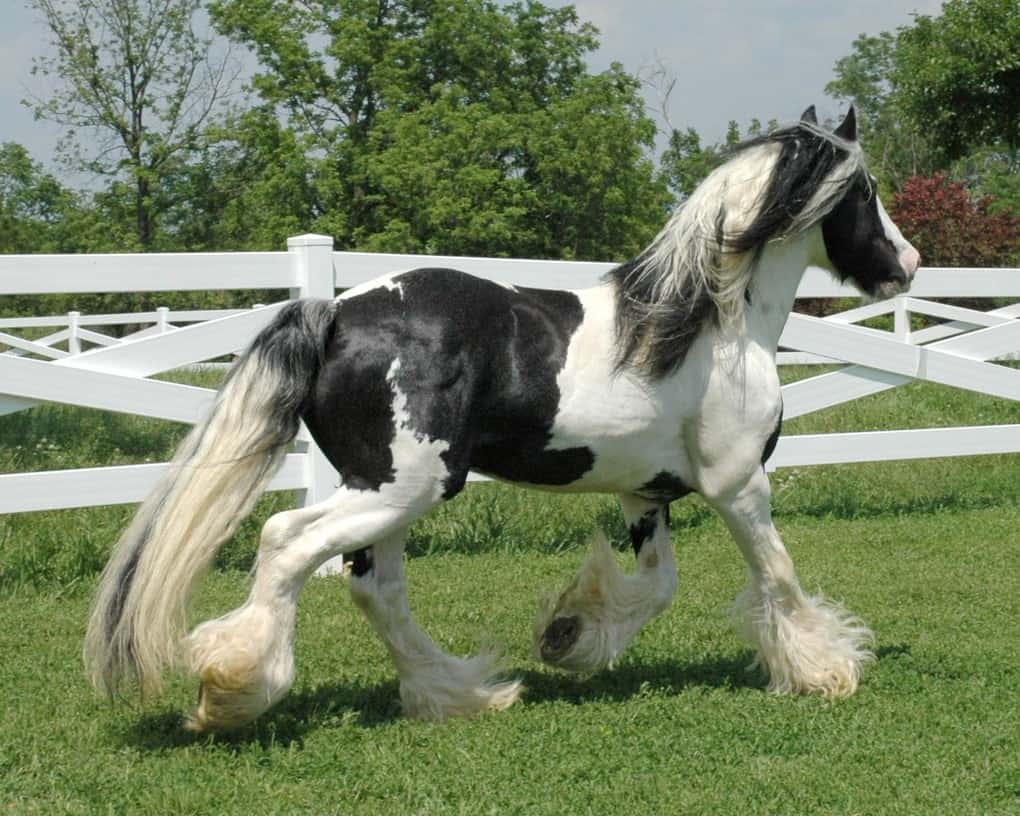
Galineers Cob is known by various names-tinker, Irish cob, gypsy cob.
- Height:135 – 160 cm.
- Weight: 240-700 kg.
It is of medium height, with a broad body and a massive head. The profile is somewhat hawk-nosed; there is a beard. The tail and mane are thick and lush. The legs are strong, covered with hair up to the hooves – such a covering on the legs is called "friezes".
The suit is usually piebald. There are also black species with white markings. The skin under the light spots is pink.
The breed first appeared in the British Isles in the XV century with the arrival of the Gypsies. It is precisely because of crossbreeding with local horses that the Galineers Cob horse did not receive the status of an independent breed for a long time – until the middle of the XX century. Targeted breeding began only after the Second World War.
Interesting fact:
Tinkers are hardy and unpretentious; they have excellent immunity. Calm, somewhat phlegmatic. Suitable for a beginner or a child just starting to get acquainted with equestrian sports – such a horse will not kick or run away.
Universal breed. It can walk both under the saddle and in a team. Running is smooth, but they get tired quickly when galloping. They jump well. They are also used in hippotherapy.
4. Connemara pony
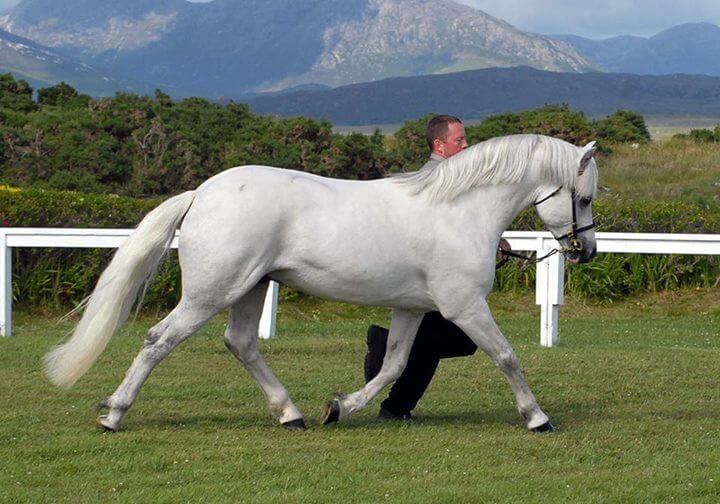
Connemara pony is the tallest of all pony breeds.
- Height: 128 -148 cm
There are different suits – gray, bay, black, bun, red, and roan. The head is small, with a square muzzle, large kind eyes, a muscular body, and short, strong legs.
It was bred in Ireland and is the only national breed of horse. It is not known exactly from whom the Connemara ponies originated. There are versions that they are descendants of Spanish horses, brought to Ireland 2500 years ago. It is possible that the ancestors of these ponies came to the island after the sinking of a Spanish warship from the Invincible Armada in 1588.
The Connemara Pony Breeders ' Society was formed in 1923. Today, the Connemara pony is famous not only in the UK but also in other European countries and the USA.
These ponies are kind and balanced and can quickly adapt to different conditions. They can hold a child or a non-heavy adult. Usually obedient, but sometimes unpredictably offended and stubborn.
They have long been used in agriculture – they are hardy, unpretentious. Today, connemara are used in sports.
5. Knabstrupper
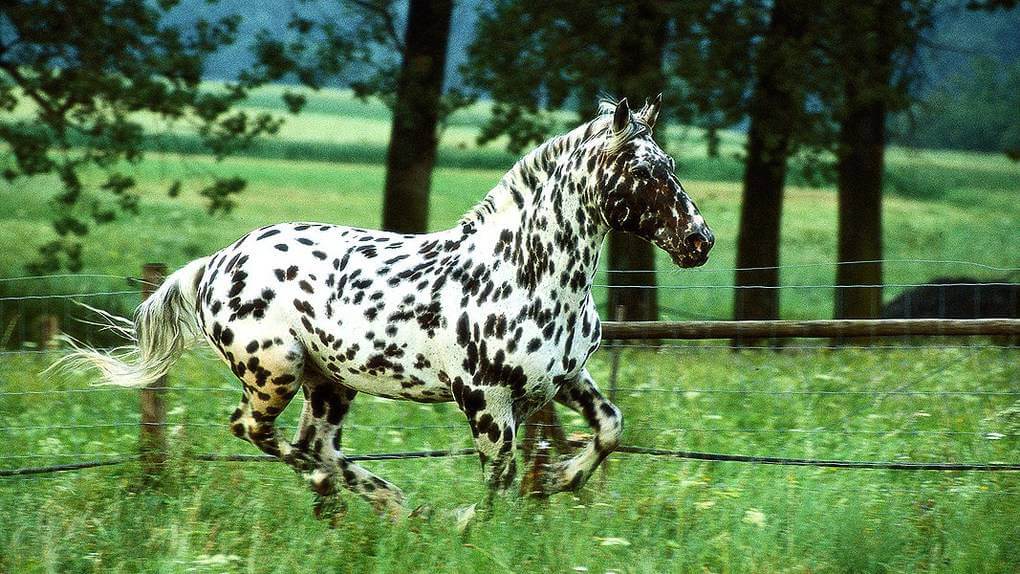
An unusual coat color distinguishes the knabstrupper breed: different shades and fancy leopard spots, black, bay, or red on a white background.
- Height: 155cm.
- Weight: 500-650 kg.
The breed was bred in Denmark; the first mention dates back to 1812. Today, Knabstruppers are born in Norway, Sweden, Italy, Switzerland, and other European countries, as well as in the United States and Australia.
They are strong horses with a kind, submissive nature. They are easy to learn and follow commands obediently. Aggression and stubbornness are alien to them. They get along well with children.
Thanks to their endurance and beautiful course, they are used for horse riding, show jumping, and circus art.
6. Scottish Coldblood
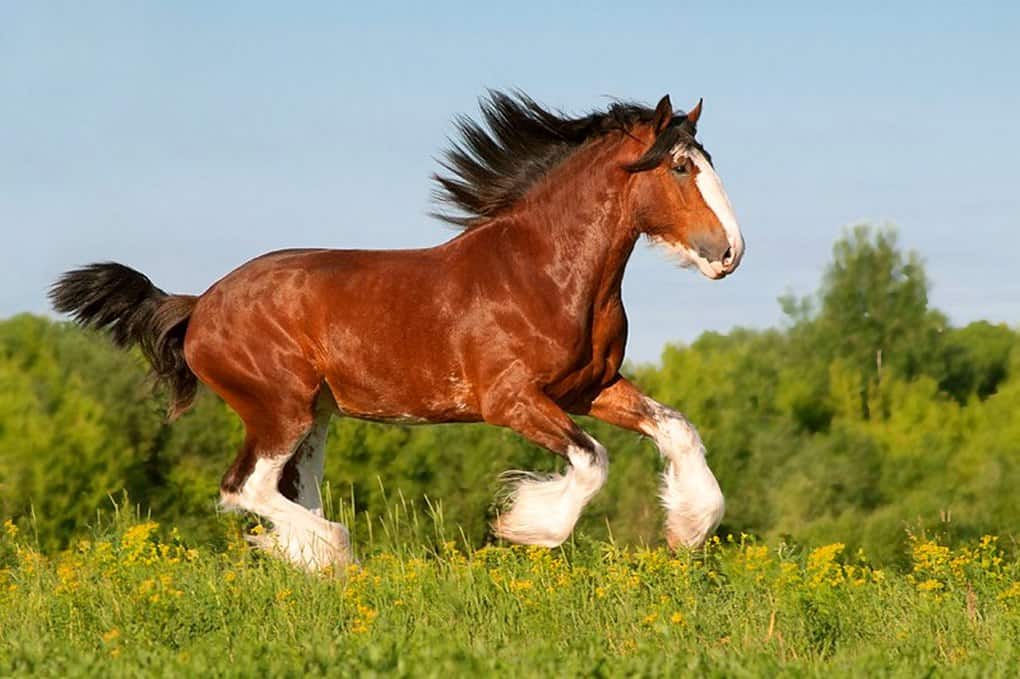
Scottish Coldblood is a breed descended from Flemish, and Dutch stallions were brought to Scotland and crossed with local mares.
- Height: 163-183 cm
- Weight: 820-910 kg
The suit is usually bay, but it can also be Karak, piebald, black, or gray. Most species have white markings on the muzzle and body. There are also horses "in socks".
First mentioned the name of the breed in 1826. In the last quarter of the 19th century, many horses were exported to New Zealand and Australia, where, due to their popularity, a particular society was created in their honor in 1918.
Today in the UK, this breed is under special supervision since it significantly reduced the number of their livestock in the second half of the last century.
Scottish Coldbloods have a cheerful and energetic disposition. At the same time, they are calm and easy-going. Initially, they were bred as heavy trucks and were used for agricultural needs. Today they are used not only for work but also for horse riding, as well as in sledding.
Scottish Coldblood is often used because of its beautiful white legs and in the British cavalry-during parades. They are shown at state fairs and major exhibitions and are used to improve other breeds.
7. Haflinger
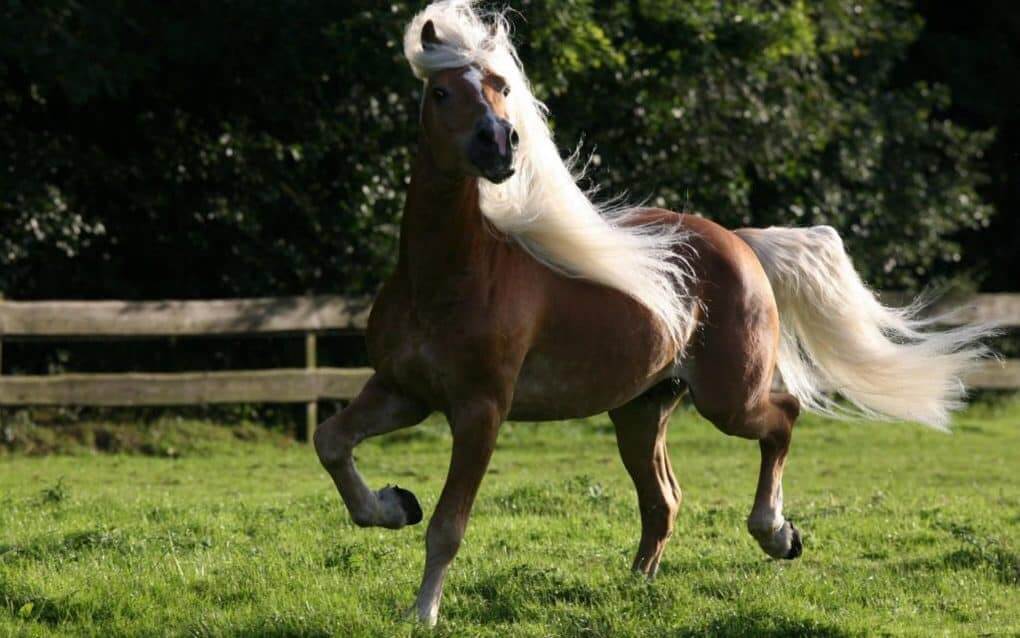
Haflinger cannot be confused with any other, thanks to its golden color and thick snow-white mane.
- Height: 132 – 150 cm.
- Weight: up to 415 kg.
It is a strong horse with a broad, powerful chest and legs. The high withers of the Haflinger ensure a good saddle position when riding.
The first mention of this breed dates back to the Middle Ages. It gets its name from the Tyrolean village of Hafling.
A highly kind disposition distinguishes this horse and a love for people. It is intelligent, agile, and easy-going.
Its rhythmic gaits make it an excellent riding horse, and efficiency and unpretentiousness – an unsurpassed assistant in farming. Haflinger also participates in races and competitions and is used in hippotherapy. Stability and a strong psyche led to the fact that during the war, Haflinger was actively used in the cavalry. And today, they are used to complete horse regiments.
8. Appaloosa
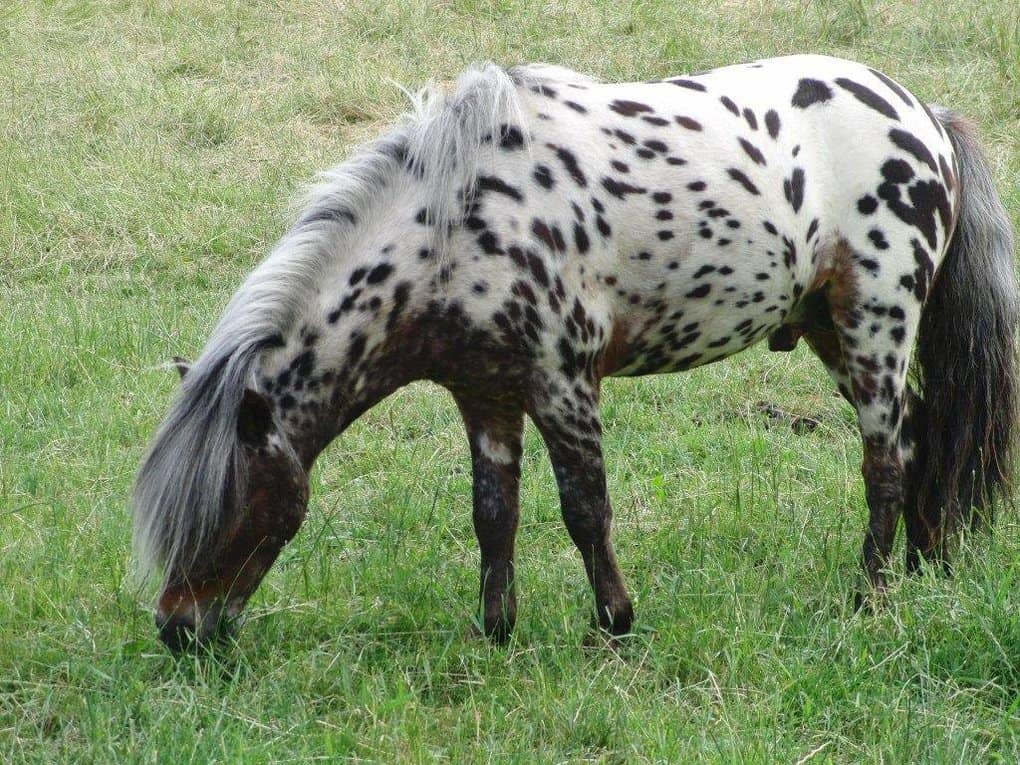
Appaloosa is a petite black horse with a graceful build but very hardy, with strong, muscular legs.
- Height: 142-163 cm.
- Weight: 450-500 kg.
The Nez Perce Indians bred it. The descendants of the horses of the Spanish conquistadors were taken as a basis. The descendants of the horses of the Spanish conquistadors were taken as the basis. After the defeat in the Revolutionary War and the eviction of the Indians on the reservation, the horses were left to their own devices. The breed was restored only in 1938 when the Appaloosa Club was formed.
The first mention of spotted American horses dates back to cave dwellers' cave paintings, indicating the breed's antiquity.
The Appaloosa people are easy-going, good-natured, and soft-spoken. Intelligent, fast, and fast learners.
They are used when teaching horse-riding (including for small children), sports competitions, competitions, and circus performances. They have a beautiful gallop, jump well and overcome obstacles.
Interesting!
9. Falabella
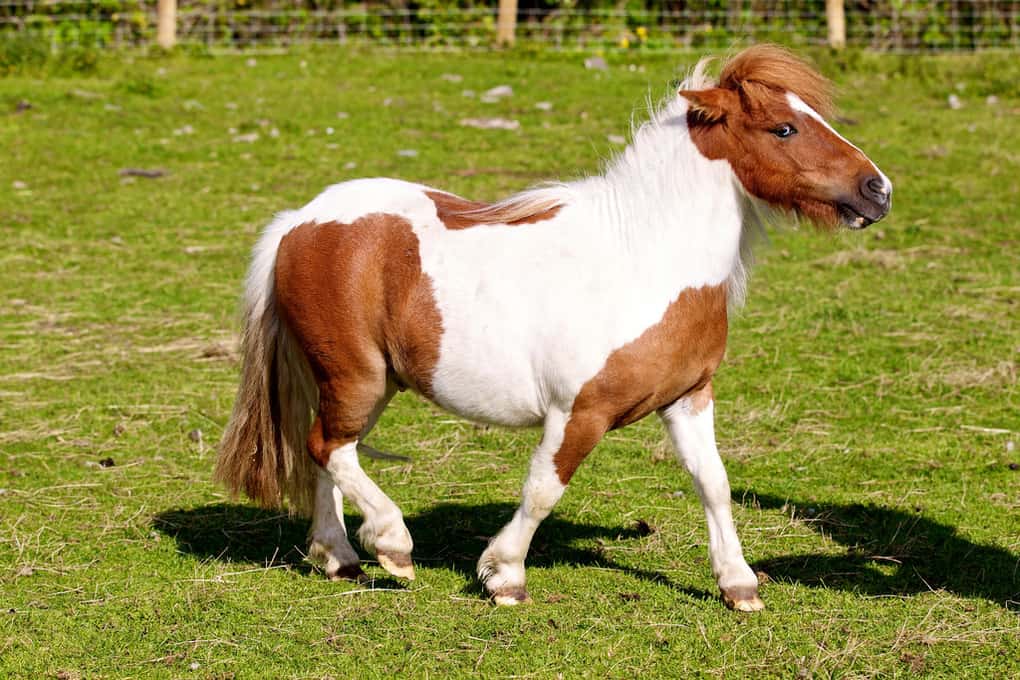
Falabella is the world's smallest horse breed.
- Height: 40 – 75 cm.
- Weight: 20-60 kg.
The body structure of this horse is proportional and elegant. The head is slightly oversized. By color can be any: bay, piebald, chub, roan.
The breed was bred in Argentina and named after the name of the family breeding these miniature horses. To maintain size, they included the smallest stallions in the breeding program. Falabella is a success in many countries. It is produced mainly in the USA.
Important!
This mini-horse is very playful; light loves to jump and frolic. It has a good disposition and lends itself well to training.
These horses are not working animals but ornamental ones. Falabella horses are often kept as pets. They establish a strong bond with their host. They are not designed for riding, but they can pull small children's sleds used in games.
10. American Paint Horse
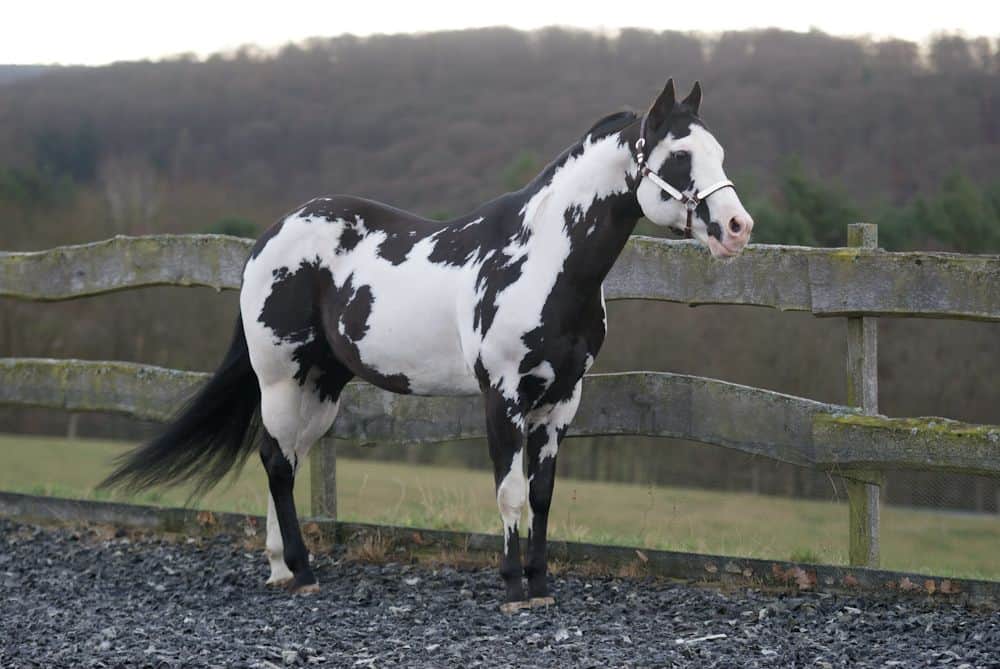
American Paint Horse is a short, strong, and muscular horse, at the same time a beautiful and hardy-a famous Western star.
- Height at the withers: 145-165 cm.
- Weight: 450-500 kg.
The color is piebald and mottled. The basis of the suit is different: paint horses are found in the bay, black, red, brown, savras, mouse, isabella (i.e., cream), as well as silver and champagne-the rarest.
American Paint Horse was bred based on Quarter Horses, and thoroughbred riding horses brought to the American continent by the conquistadors. In 1962, the American Paint Horse Association was formed to preserve the purity of the breed. Today, most livestock is bred in the southwestern United States, particularly in Texas.
Interesting!
American paint Horse is famous for its calm, friendly nature. Easy to learn, obedient. It is patient with inexperienced riders, so it is ideal for beginners.
Previously, this breed was actively used in farming in working on a ranch.
Due to their bright appearance, paint horses have been used in cowboy shows, rodeos, show jumping, horse racing, and horse tourism.


